Botox Brow Lift Injecting Techniques
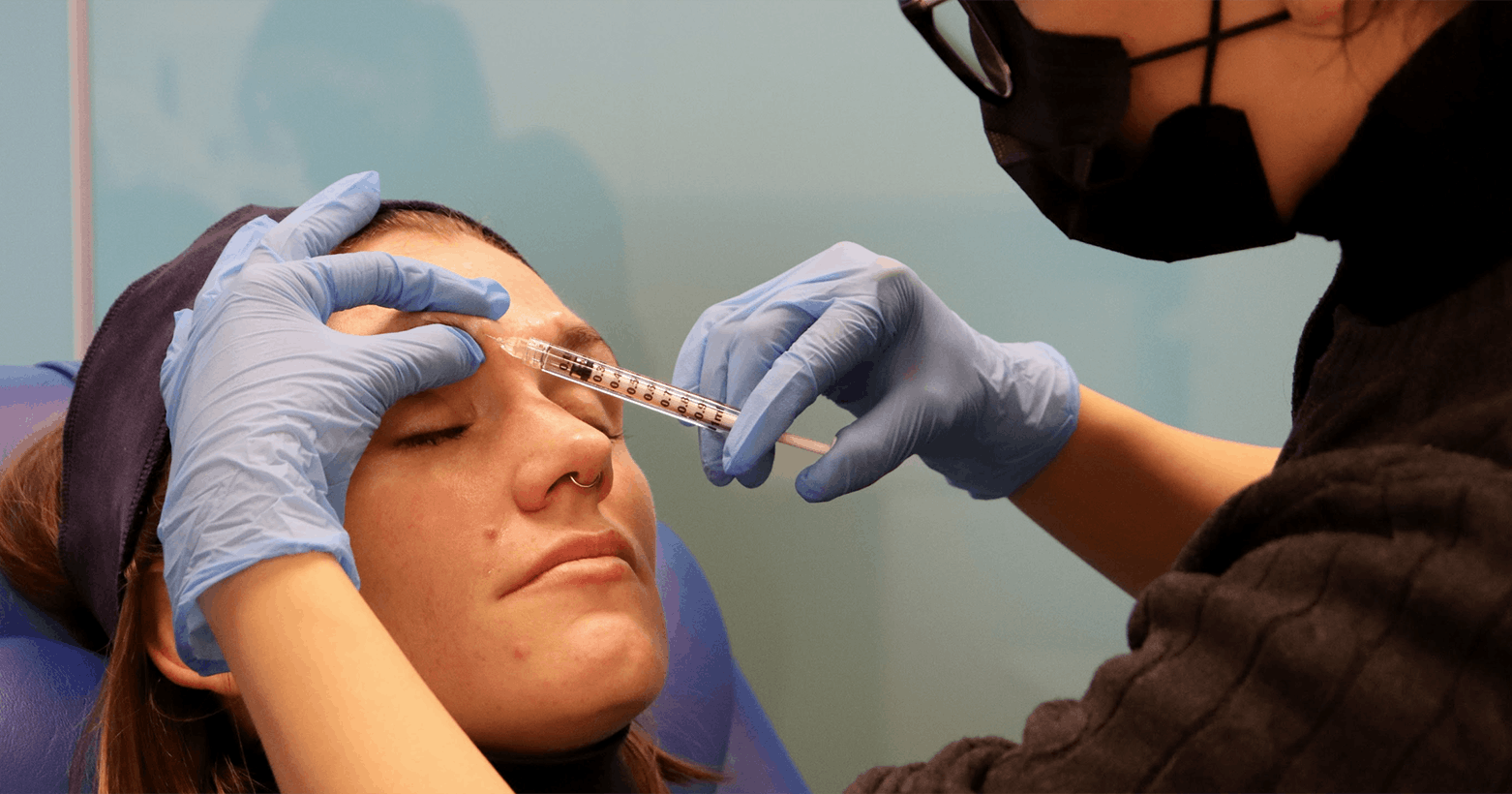
After you’ve mastered the traditional upper face treatments, it’s helpful to learn about injecting botox to lift the brows.
“Botox brow lifts” are a popular patient request as the effects can provide a more youthful and refreshed appearance.
It’s a treatment worth considering when your patient tells you they “want to look less tired” – something you’ll hear a lot as an aesthetics practitioner!
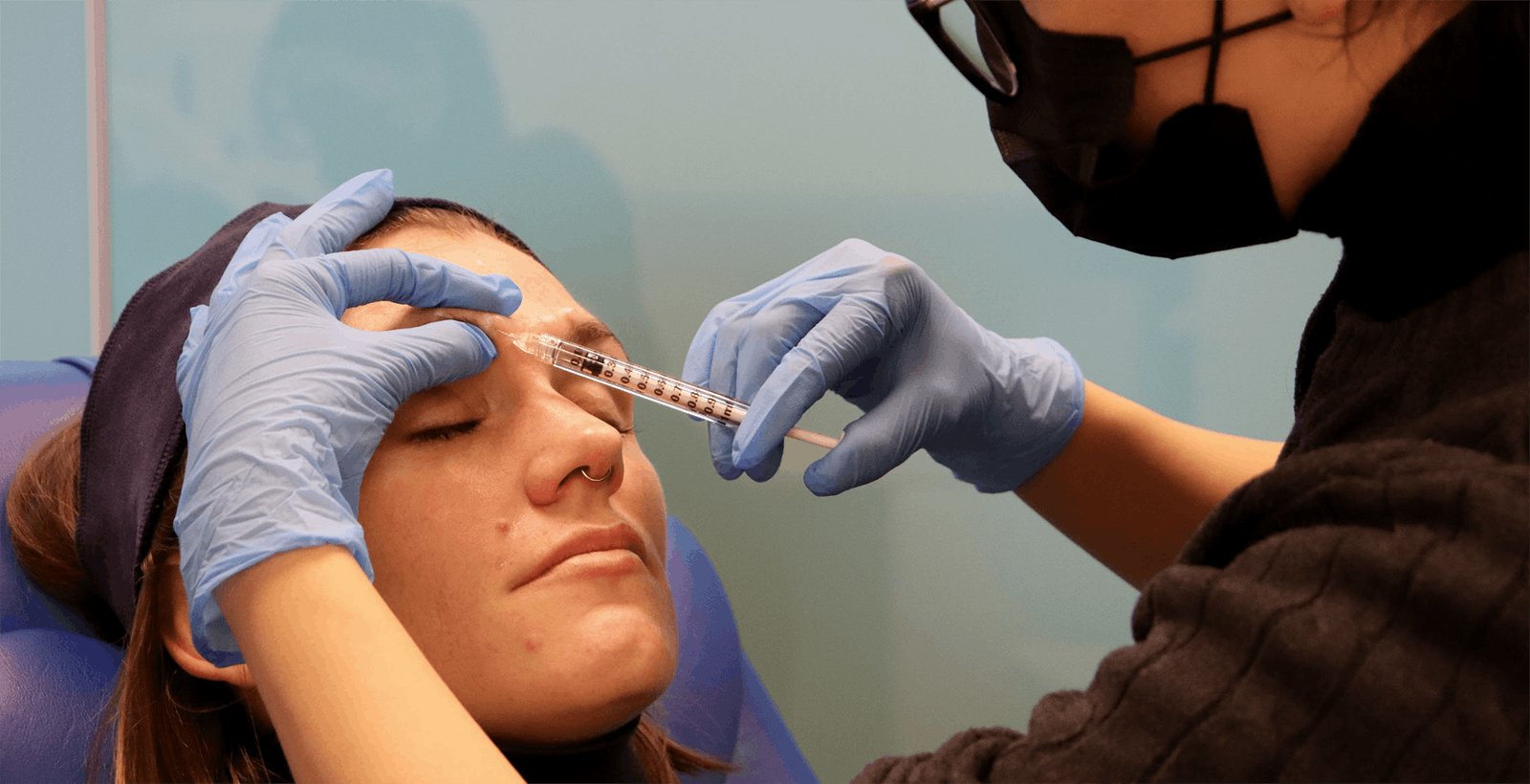
BOTOX BROW LIFT INJECTING TECHNIQUES TO LIFT THE BROWS
Here we explain a few popular botulinum toxin injection techniques to lift the brows…
Please note that we recommend undertaking practical botox training under expert supervision before trying new skills on your patients.
The following techniques involve injecting botox strategically into specific muscles. This results in a subtle lift of the brows. They can also be used to just treat one eyebrow to correct asymmetry.
These techniques create a more youthful and refreshed appearance. They can be used in isolation, or in combination, to achieve bespoke results for your patient.
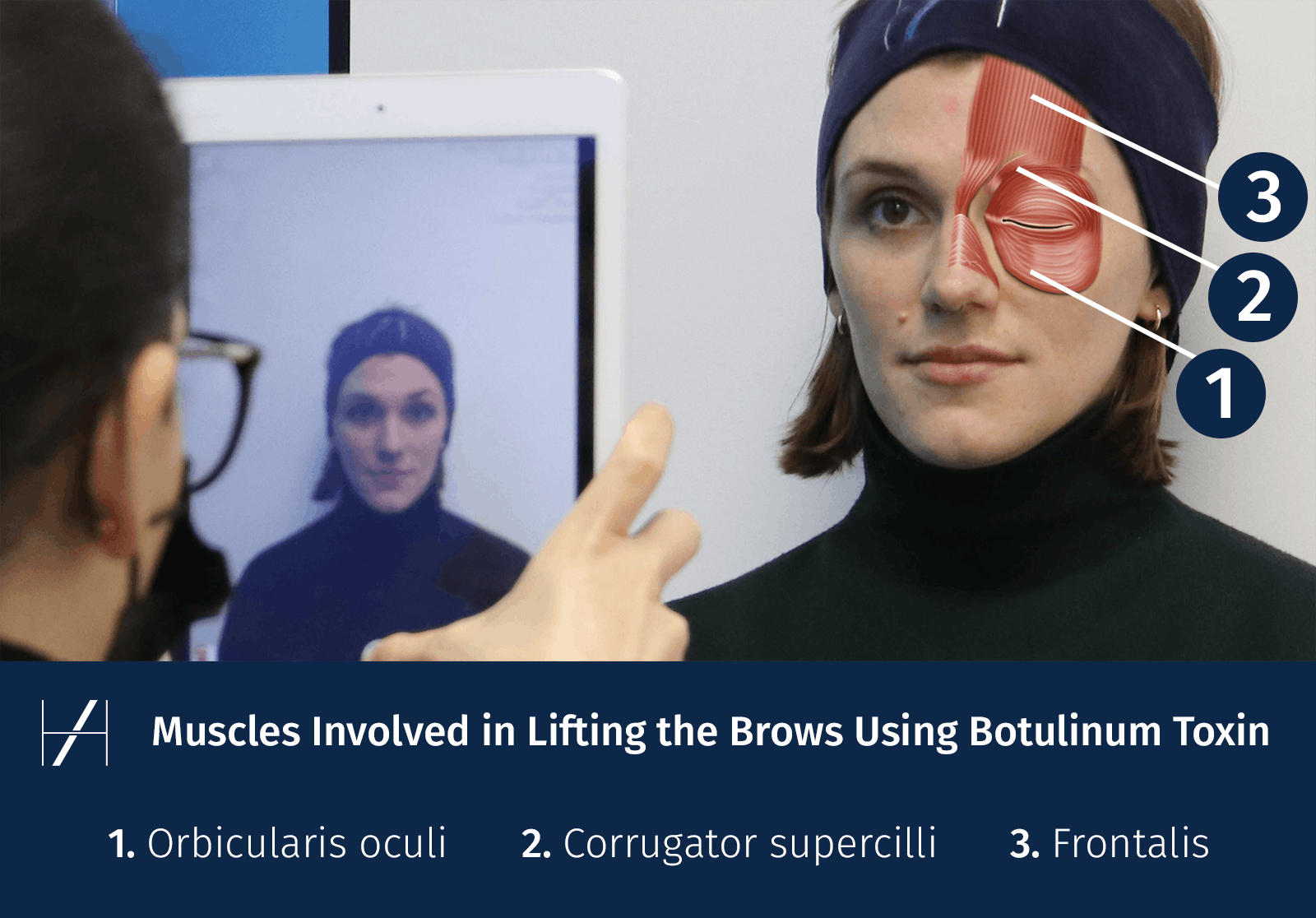
How to lift the tail of the brow directly
The orbicularis oculi muscles are responsible for crow’s feet wrinkles around the eyes. They pull inwards, closing the eye. To lift the tail of the eyebrows, you can inject at the outer tail to provide an increased arch.
By injecting botulinum toxin into the lateral part of the orbicularis oculi muscle, the brow can be raised and arched. As a result, the brow can appear more lifted; the eyes may appear more open. This is because you’re relaxing the orbicularis oculi which are responsible for pulling the eyebrows downward.
Do note that if injected too medially, this can cause eyelid ptosis.
Chemical brow lift at the glabella complex
Botox is injected into the muscles that pull the eyebrows downward, such as the corrugator muscles and the depressor supercilii muscles.
By relaxing these muscles, the toxin can help counteract their downward pull, resulting in a natural-looking brow lift.
Injecting botox to lift the brows using the frontalis
The frontalis muscle is generally responsible for lifting the brow. Therefore, not treating this will retain a forehead that lifts.
However, clever manipulation of dosage and pattern of toxin treatment can indirectly help lift the brow too.
For example, a reduced dose in the lateral frontalis will mean that these muscles will continue to lift, but at reduced capacity. This means there’ll be some residual lift of the lateral brow.
If the central frontalis fibres are treated at a normal dose, they’ll only depress the central forehead. There’s no lift capacity remaining. This gives the illusion of a brow lift laterally, and may also be described as ‘intentional spocking’.
Using an M-shape injecting pattern will manipulate the power of the forehead to cause a brow lift too.
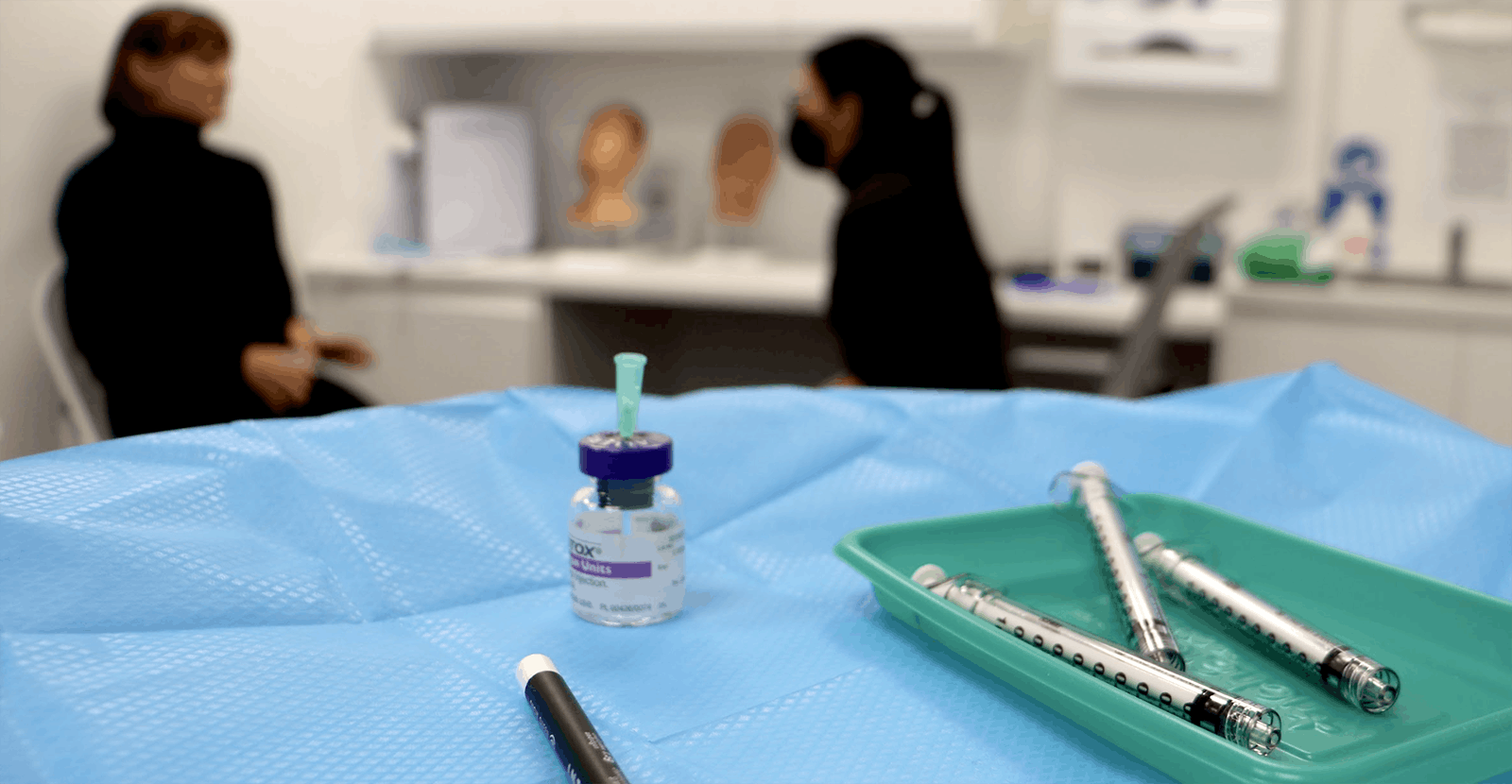
GETTING THE DOSE RIGHT
The dosage and injection technique and depth used for brow lifting with botulinum toxin may vary depending on the patient’s facial anatomy, muscle strength, and desired outcomes.
As a medical aesthetics practitioner, you want to remain safe and provide effective treatments that achieve your patients’ goals. This means under-treating by using conservative dosing at their first appointment. You can always re-treat at their follow-up review at least two weeks after their initial treatment.
Once you see how your patient responds and understand the result they’re looking for, you’ll know better for their next treatment. Always take a cautious approach to toxin dosing, especially with new patients or if you’re not yet experienced in treating a specific area without a mentor’s guidance.
WHEN SHOULD YOU NOT ATTEMPT A BROW LIFT?
There are certain patient presentations that mean you should avoid trying to lift their eyebrows with toxin. You should be able to ascertain these fairly easily during your face-to-face clinical consultation.
If there’s a history of ptosis, you can indirectly use brow lift techniques to prevent it from happening again. However, this approach should only be used by experienced injectors. They must have a thorough understanding of the muscles they’re manipulating.
Medical history indicates muscle weakness or neuromuscular disorders
When taking your patient’s medical history, establish any details of muscle weakness or neuromuscular disorders. Conditions such as myasthenia gravis or Lambert-Eaton syndrome are contraindications for toxin treatment. This is because it could potentially worsen muscle weakness.
Unrealistic expectations
The term “brow lift” can be associated with the perception of dramatic results. It’s important to note that these are usually unachievable with toxin treatments.
A brow lift using botulinum toxin is usually subtly refreshing. It’s not a solution for patients with heavy brows or excessive lid laxity. Always be realistic with your patients about what you can achieve, from the outset. This will help them to manage expectations and make a more informed decision about pursuing treatment.
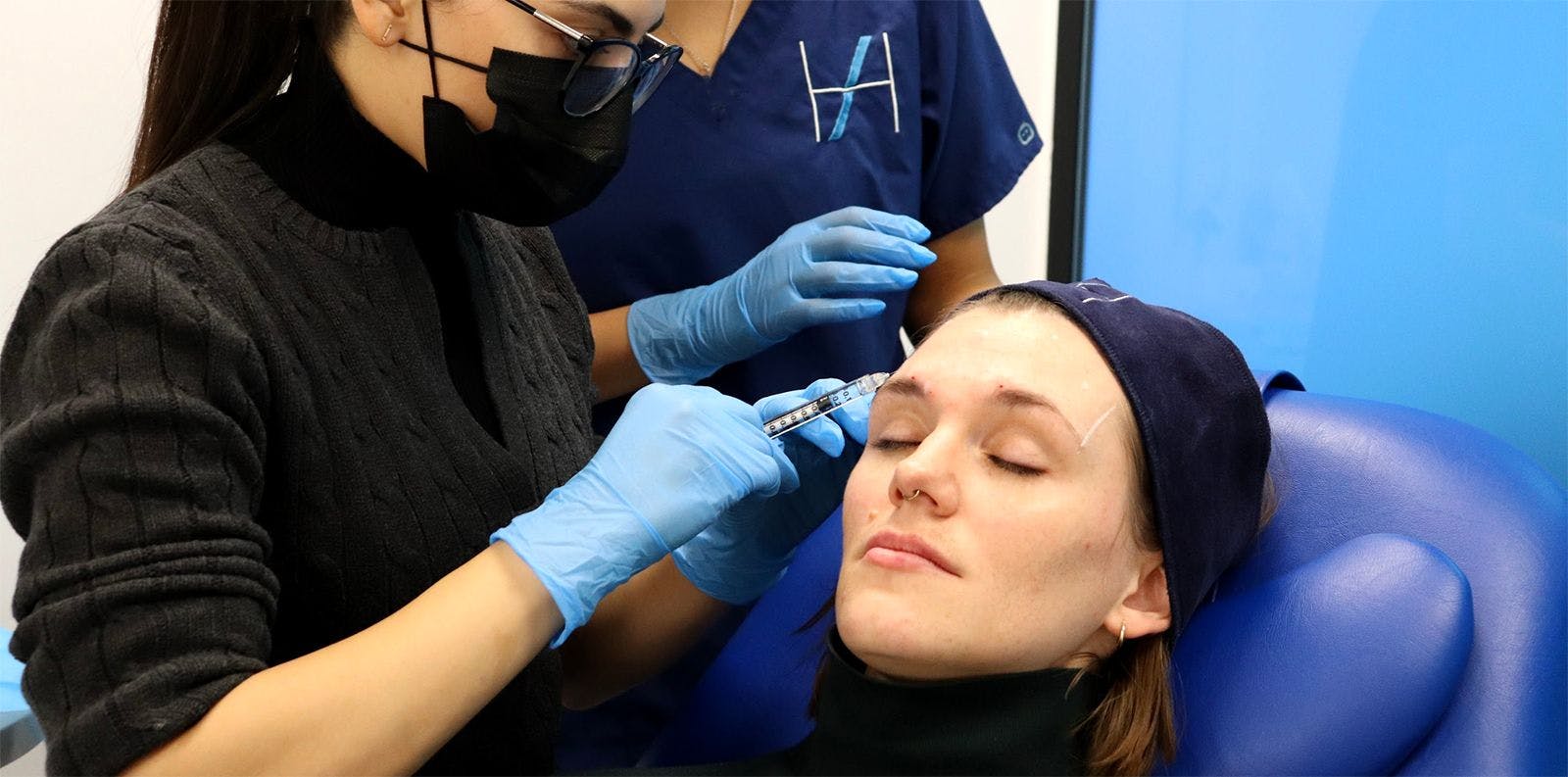
BOTOX TRAINING COURSES FOR HEALTHCARE PROFESSIONALS
From our Foundation or Core Training in Botox & Dermal Fillers, to our industry-leading, Ofqual-regulated, Level 7 Diploma in Injectables, we have a wide range of aesthetic medicine courses to choose from.
Open to licensed doctors, dentists, nurses and clinical pharmacists, our highly-respected injectables training options are designed to fit around your existing commitments.
Find out more and receive free, personalised advice on getting started in medical aesthetics from our dedicated Courses team. They’re looking forward to setting you on the right path to becoming #HarleyTrained.
All information correct at the time of publication
Download our full prospectus
Browse all our injectables, dermal fillers and cosmetic dermatology courses in one document
By submitting this form, you agree to receive marketing about our products, events, promotions and exclusive content. Consent is not a condition of purchase, and no purchase is necessary. Message frequency varies. View our Privacy Policy and Terms & Conditions
Attend our FREE open evening
If you're not sure which course is right for you, let us help
Join us online or in-person at our free open evening to learn more
Our Partners
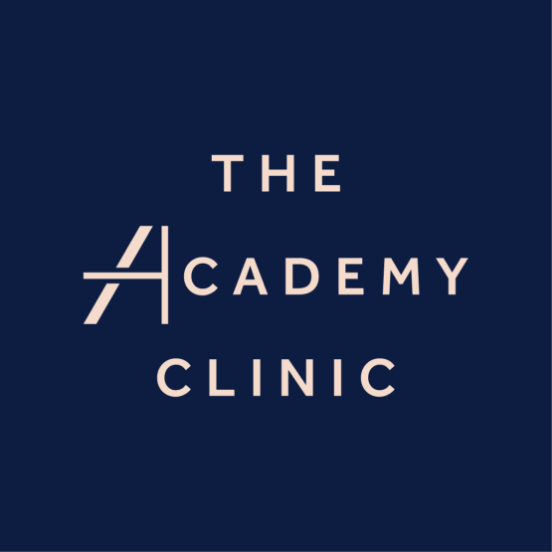

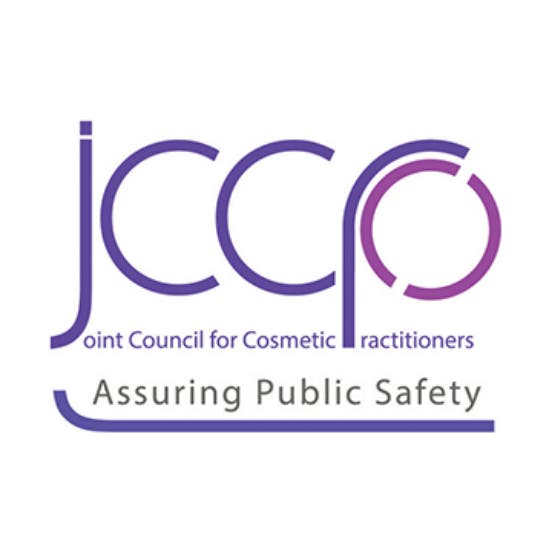
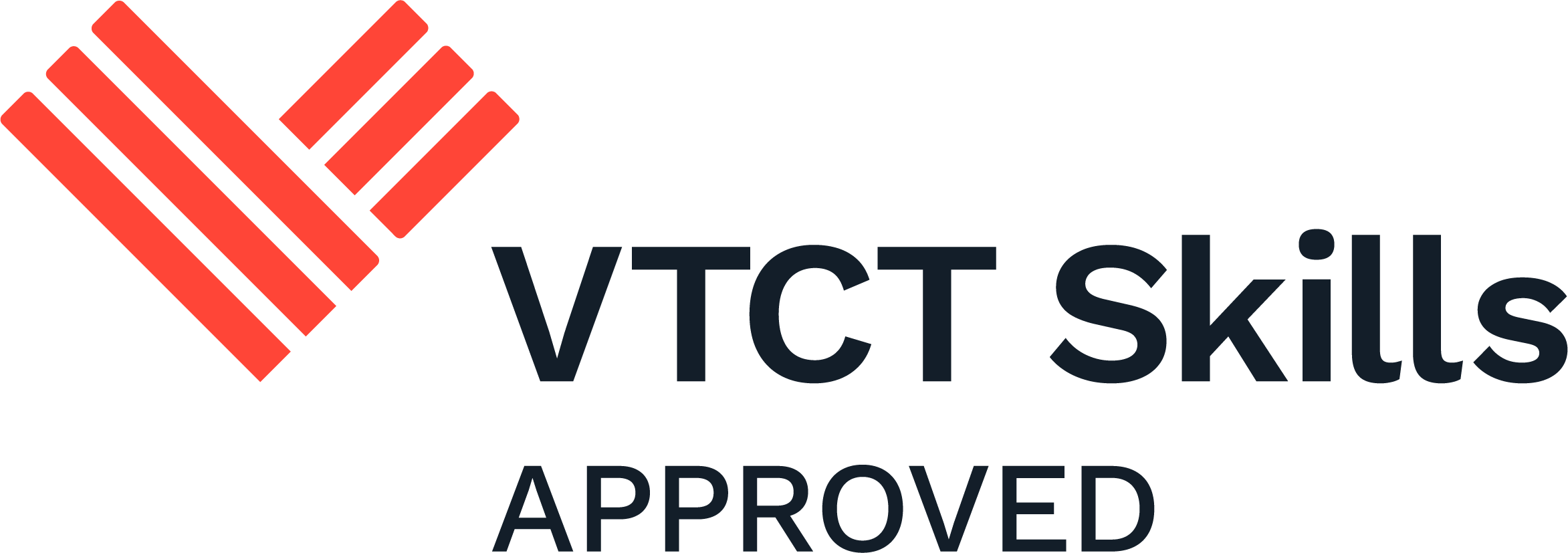

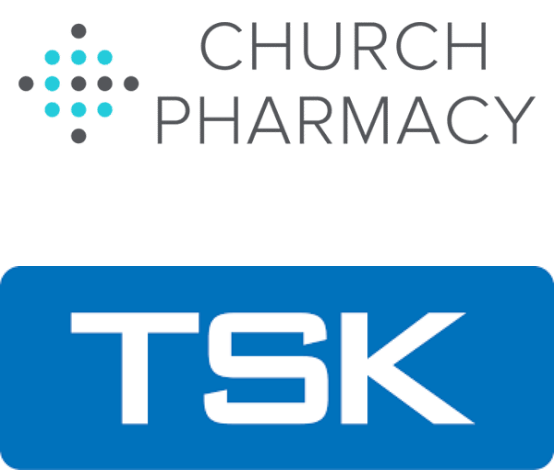
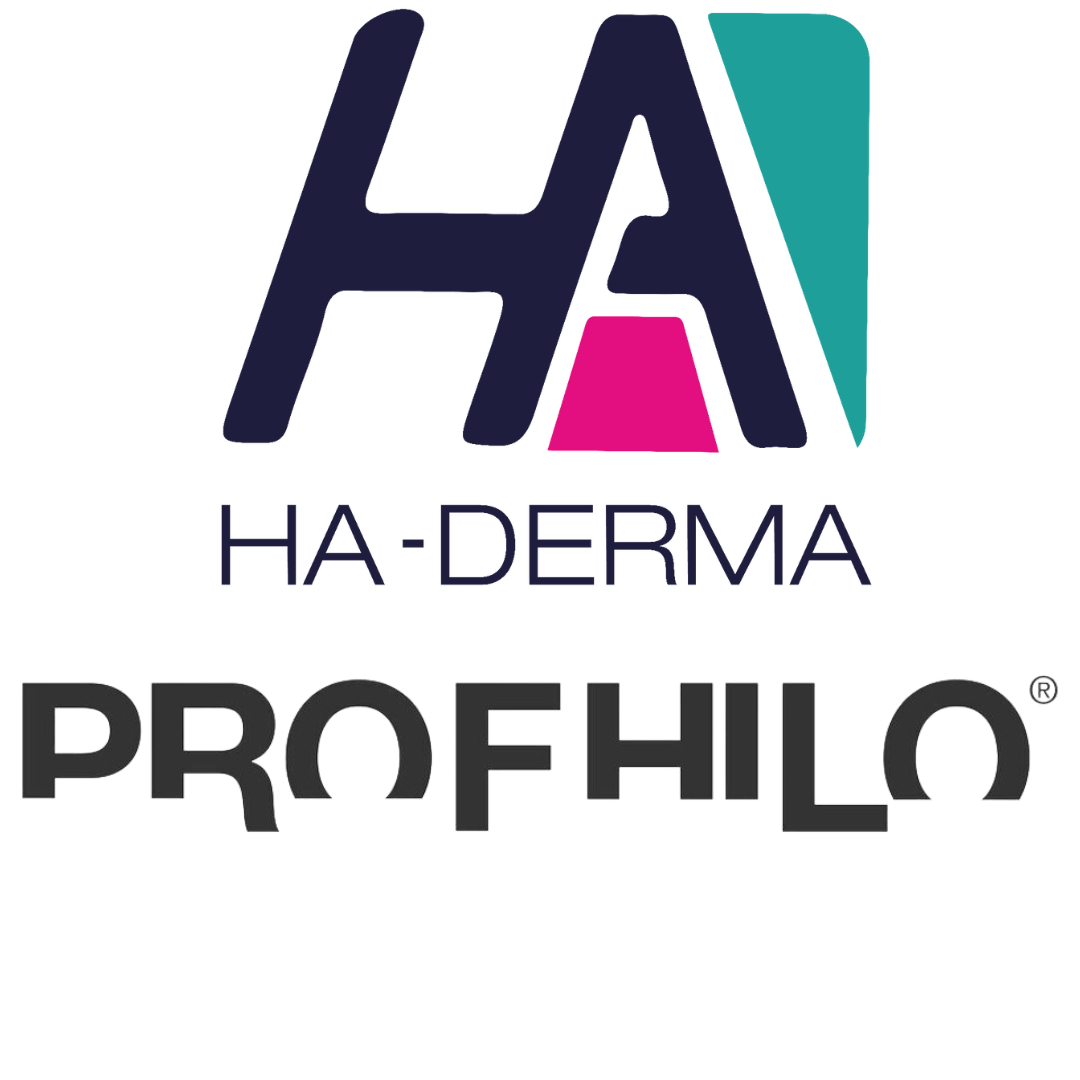
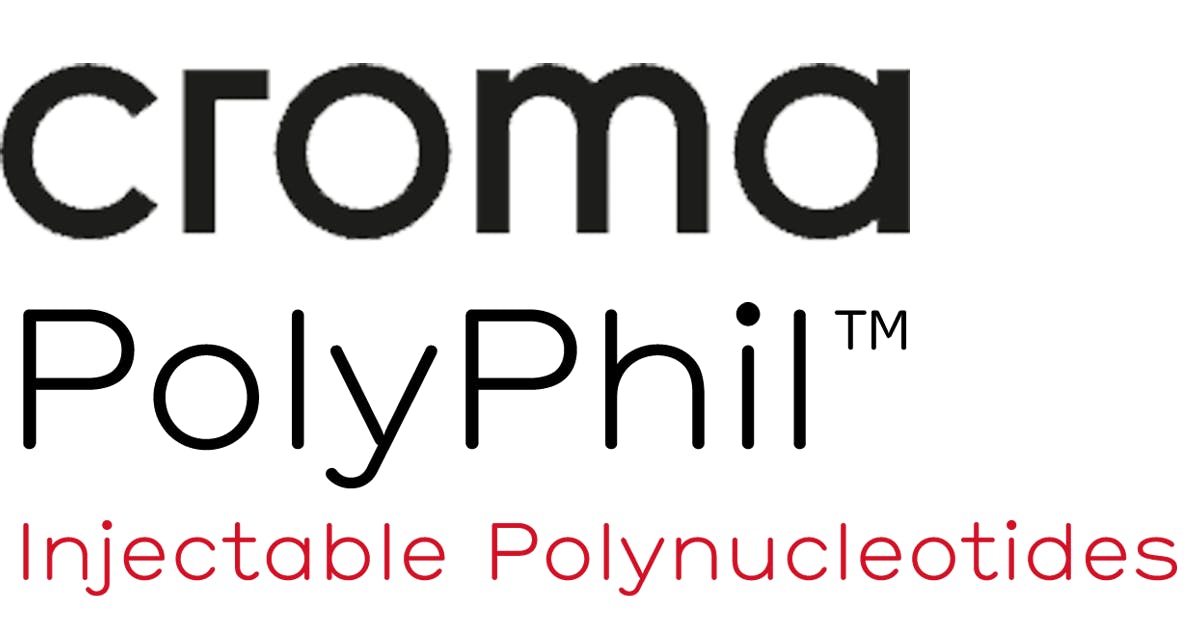
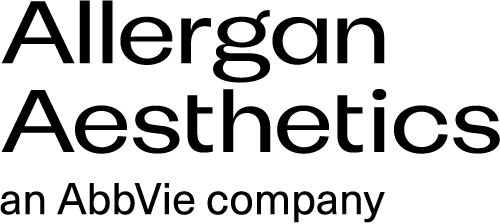

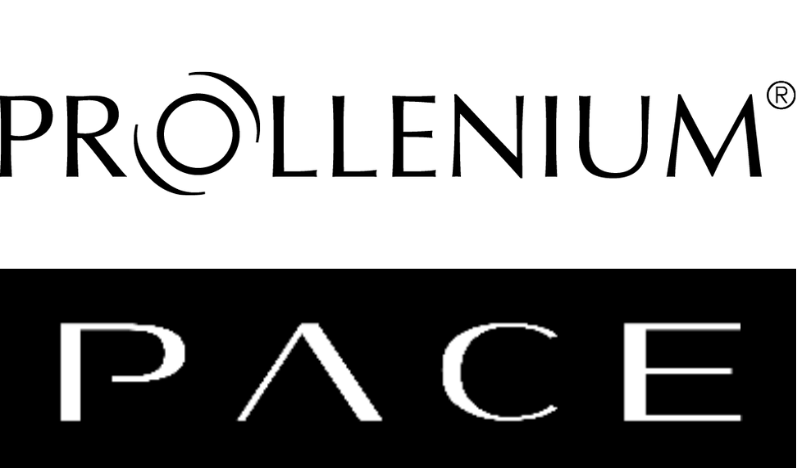
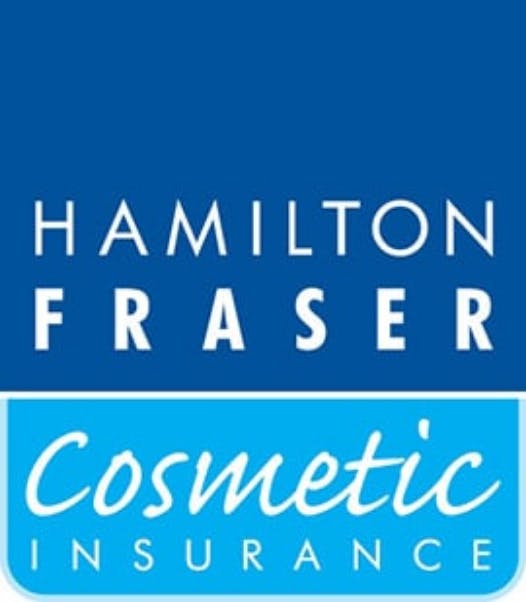
STAY INFORMED
Sign up to receive industry news, careers advice, special offers and information on Harley Academy courses and services

